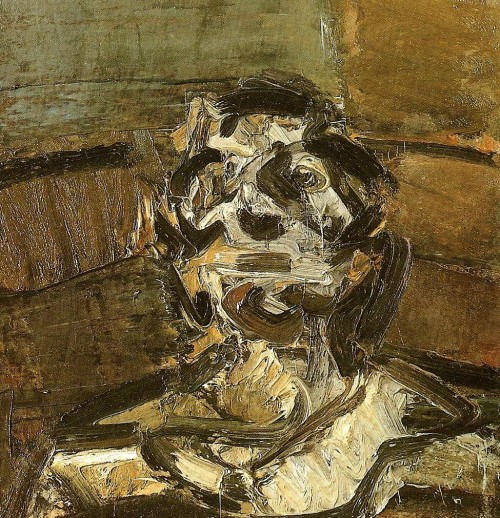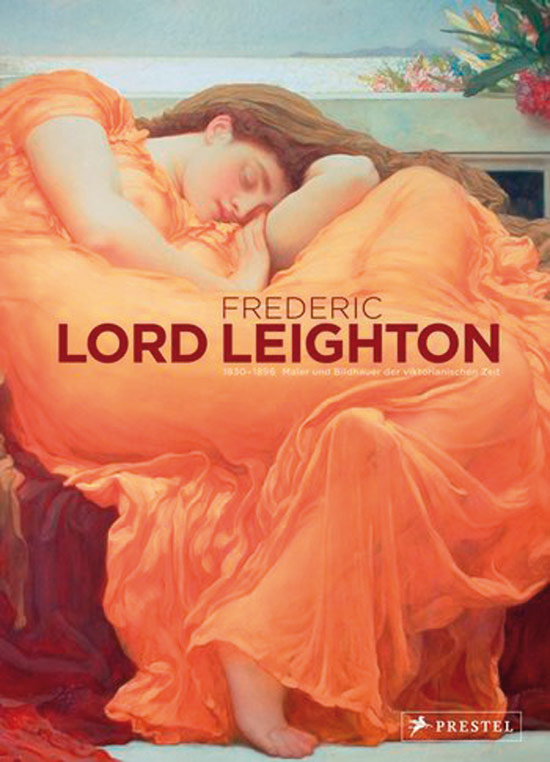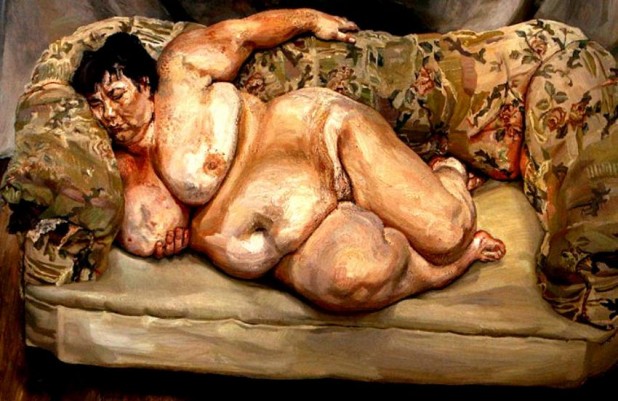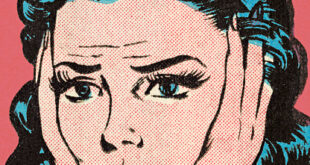Kevin MacDonald
Occidental Observer
October 7, 2015
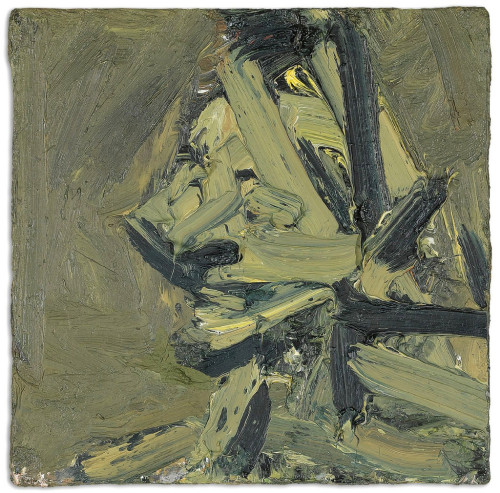
Interesting article in The Spectator by William Cook in the influence of mainly Jewish refugees from Germany who came to the UK in the pre-World War II period and had a transformative effect on British culture (“German Refugees Transformed British Cultural Life — But at a Price“).
Next week Frank Auerbach will be honoured by the British art establishment with a one-man show at Tate Britain. It’s a fitting tribute for an artist who’s widely (and quite rightly) regarded as Britain’s greatest living painter. Yet although Auerbach has spent almost all his life in Britain, what’s striking about his paintings is how Germanic they seem.
I find it difficult to see Auerbach as Germanic, at least not in the sense of what one hopefully would call the German national spirit. This is modernism at its determinedly ugliest, and, as in the UK, it represents an aesthetic that is out of touch with popular tastes.
Auerbach is the featured example of the “vast wave of Germanic immigration that has transformed British cultural life — mainly for the better, but at a price.” “This wave of immigrants wasn’t just another huddled mass — it was the cultural élite of Central Europe, the best and brightest from every avenue of academia and the arts.” “Although predominantly Jewish, “they were champions of civilised, enlightened values, rather than members of a certain religion, or a certain race.”
When it is obvious and undeniable that Jews are predominant in an area, say Hollywood, the fallback position is to say that it doesn’t matter that they are Jewish. Indeed, this is the ADL’s line on how to think about Jews and Hollywood — which is demonstrably not the case. Here the issue is what exactly these values were and whether these “civilized, enlightened values” can reasonably be seen as related to the Jewish identity of their purveyors. Cook provides a clue when he discusses how these values replaced “insular” British culture that had failed abysmally to spontaneously develop them. Indeed, the British response to these values prior to their becoming enlightened and civilized was quite negative:
The influence of these artistic émigrés has been so all-pervading that it’s easy to forget how insular British culture was before the second world war. Reviewing an exhibition of German art at the Burlington Gallery in 1938, the art critic of the New Statesman declared, ‘If Hitler doesn’t like these pictures, it’s the best thing I’ve heard about Hitler.’ British modernists fared no better. In 1938, the Tate’s director, J.B. Manson, said that Henry Moore would only enter the gallery over his dead body. Yet by 1951, Moore had become the star turn at the Festival of Britain. Finally, against all odds, these continental émigrés had dragged British culture into the 20th century. From now on, in Britain, as on the continent, modernism was the status quo.
These traditional values were quickly replaced after World War II with a new aesthetic that was quite alien to traditional British national culture. However, I have to admit that, judging from Frank Auerbach’s work, I can’t help thinking that the British would have plodded on quite well without the cultural transformation brought about by the invasion of Central European Jews. Surprisingly perhaps given the absolute dominance of modernism in the academic, art and media worlds, Cook seems to agree that there is a downside:
This tale is usually told as a story with a happy ending, a triumph of progressive values over reactionary, fuddy-duddy conservatism. But although Britain gained a great deal from this flood of foreign talent, you can’t help feeling, looking back, that something was lost along the way. Before the war, British culture was much more staid, but more in tune with public opinion. Since 1945 our artistic institutions have become much more Middle European: avant-garde, conceptual and out of step with popular taste.
What’s missing from this is some explication of what exactly Britain gained by this transformation. It’s easy to see what was lost: a national culture in tune with a wide swath of public opinion, with the consequence that the British public could look back into a past that could be seen as organically developing into the present — a culture that was an outgrowth of the spirit of the indigenous British peoples. As to what was gained, we don’t get even a hint, and it’s tempting to say nothing at all apart from the ability to look down on people who don’t appreciate the obvious genius of artists like Frank Auerbach.
In fact, the new aesthetic was never accepted by the British public any more than they lobbied for massive non-White immigration, the institutionalization of multiculturalism, and their becoming a minority in lands they have dominated for hundreds, if not thousands of years. Like all these trends, the new aesthetic was a top-down phenomenon in which popular attitudes were dismissed as parochial and beneath contempt.
Among the British intelligentsia, modernism has become the new orthodoxy, but this Mitteleuropäische aesthetic has never really been accepted by the population as a whole. There’s a cultural class divide in Britain (to an extent unknown in Germany) between highbrow and lowbrow, between bien-pensant and populist attitudes to art. The cognoscenti may flock to the latest show at the White Cube, but beyond the metropolitan bubble the feeling persists that most modern art is obscure and somehow foreign. This is a legacy of the Hitler émigrés, and the modernist movement they inspired. … Driven by the Hitler émigrés, Britain now has a very clever arts scene, but it’s an arts scene that feels alien to most Britons.
There were, of course, rewards for those Brits who plugged into the new aesthetic. For artists, accepting the new aesthetic quickly became the sine qua non of success. And there was doubtless the usual status competition among the trendy and fashion conscious to furbish their reputations by gushing over the latest art by the likes of Damien Hirst, et al.
So what does this have to do with the fact that émigrés from Hitler were Jews? There are in fact some strong general trends. If there is one constant in Jewish contributions to culture, it is that they have opposed national cultures. And although Cook’s article makes it sound as though there was something Germanic about the aesthetic transformation, in reality, Germany had succumbed to the Jewish attacks on national cultures long before the post-World War II transformation in the UK. From my review of Yuri Slezkine’s The Jewish Century:
Slezkine documents the well-known fact that, as Moritz Goldstein famously noted in 1912, “We Jews administer the spiritual possessions of Germany.” … These Jewish radicals hated everything about their national cultures except for one or two literary figures. The rest would have to go. As Exhibit A, Slezkine presents Georg Lukács, the son of a prominent Jewish capitalist, who describes his profound discontent with his father’s way of life. But Lukács also expresses his hatred for “the whole of official Hungary”—how he extended his unhappiness with his father to “cover the whole of Magyar life, Magyar history, and Magyar literature indiscriminately (save for Petőfi)” (p. 97). Ah, yes. Save for Petőfi. All else—the people and the culture—would have to go, by mass murder if necessary.
The same trends can be seen in the United States, where modernist culture promoted by the New York Intellectuals opposed any inklings of national culture tied to the historical people of America. From my review of Eric Kaufmann’s The Rise and Fall of Anglo-America:
[Kaufmann notes that] “The new liberal value consensus, in which artists, writers, academics, and the U.S. government were united, was social democratic, cosmopolitan, and modernist” (p. 166). The New York Intellectuals achieved “cultural hegemony” (p. 166); they had captured America from the top-down, leaving American dominant ethnicity “rudderless. It was now only a question of time before cosmopolitanism would achieve the institutional inertia necessary for it to triumph as a mass phenomenon” (p. 166). Indeed, Kaufmann correctly points to the fierce criticism of regionalism by the New York Intellectuals, as represented, for example, by Meyer Schapiro’s critique of Thomas Hart Benton:The appeal to national sentiment should set us on guard, whatever its source. And when it comes as does Benton’s with his conceited anti-intellectualism, his hatred of the foreign, his emphasis on the strong and masculine, his uncritical and unhistorical elevation of the folk, his antagonism to the cities, his ignorant and violent remarks on radicalism, we have good reason to doubt his professed liberalism. (Meyer Shapiro, “Populist Realism,” Partisan Review 4, no. 2 (1938), 53–57, 54, 57)
Further emphasizing Shapiro’s concern that Benton’s art was tapping into a populist strand of Americanism, he writes that “the mere representation of railroad trains and farmers gives [Benton] the illusion of a mystical rapport with a superior American reality.” (Ibid., 54.
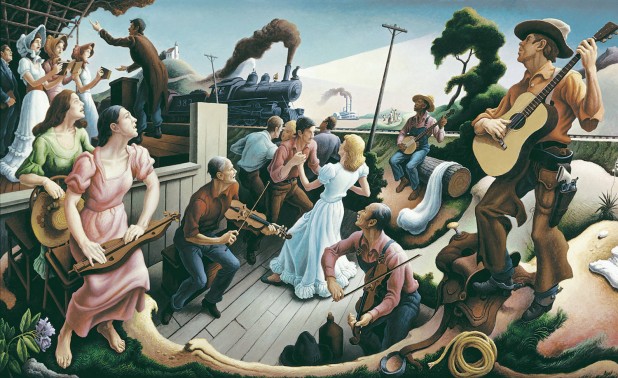
Thomas Craven, an ally of Benton, returned the favor, describing Alfred Stieglitz, “a prominent village radical” as “a Hoboken Jew without knowledge of, or interest in, the historical American background” (p. 163). Clearly the New York Intellectuals were attacking populism in favor of themselves as an intellectual elite. The New York Intellectuals associated rural America with
nativism, anti-Semitism, nationalism, and fascism as well as with anti-intellectualism and provincialism; the urban was associated antithetically with ethnic and cultural tolerance, with internationalism, and with advanced ideas. . . . The New York Intellectuals simply began with the assumption that the rural—with which they associated much of American tradition and most of the territory beyond New York—had little to contribute to a cosmopolitan culture. . . . By interpreting cultural and political issues through the urban-rural lens, writers could even mask assertions of superiority and expressions of anti-democratic sentiments as the judgments of an objective expertise. (Cooney 1986, 267–268; italics in text)
The last line bears repeating. The New York Intellectuals were engaged in a profoundly anti-democratic enterprise given that they rejected and felt superior to the culture of the majority of Americans. The battle between this urbanized intellectual and political establishment and rural America was joined on a wide range of issues. Particularly important was the issue of immigration. In this case and in the entire range of what became mainstream liberal politics, the New York Intellectuals had the enthusiastic support of all of the mainstream Jewish organizations.
Roger Scruton said it best:
There is a liturgy of denunciation here that is repeated all across Europe by a ruling elite that trembles in the face of ordinary loyalties. But the fact is that national sentiment is, for most ordinary Europeans, the only motive that will justify sacrifice in the public cause. Insofar as people do not vote to line their own pockets, it is because they also vote to protect a shared identity from the predations of those who do not belong to it, and who are attempting to pillage an inheritance to which they are not entitled.
TOO’s Michael Colehaze framed the kulturkampf as follows:
Lord Leighton was President of the Royal Academy from 1878 until his death in 1896. If you observe his art, and that of his contemporaries in Europe and America, you get a clear idea of the cultural pinnacle we were inhabiting then, and how deep we plunged from it only a century later. Because the present president of the RA is a trite modernist architect whose masterpieces are dreary concrete heaps resembling plastic sausages, and the art he peddles are gems like Damian Hirst’s Rotting Shark or Tracy Emin’s Stinking Bedstead, [both featured by Scruton] all chaperoned by that unspeakable grease-pot and carpetbagger Saatchi, nomen est omen, and financed through the Jerusalem Foundation, the Henry Moore Foundation and similar maggots who have long since sequestered the hallowed halls and now gnaw at their very foundations. As to the [Royal Academy’s] present worship of feminine beauty and splendour, you only need to cast a fleeting glance at one of Lucian Freud’s chef d’oeuvres to know where we stand.
It is always problematic when ethnic outsiders promote an aesthetic that without any ties to or feelings for the national culture — supplanting a culture with significant popular support in favor of an international culture with no concept of beauty. So yes, the British may now think of themselves as cosmopolitan and very sophisticated intellectually and aesthetically. But they have paid a very high price. In fact, in adopting this new set of values, they have lost themselves, or at least the more educated, “cognoscenti” among them have. Rather than deep organic ties within a national culture, there is now a cultural elite that is cut off from popular attitudes which it loathes. And when you lose a sense of your national culture and a sense of beauty, you become helpless against the forces that would destroy your people and culture entirely — a prelude to catastrophe.
 Daily Stormer The Most Censored Publication in History
Daily Stormer The Most Censored Publication in History
